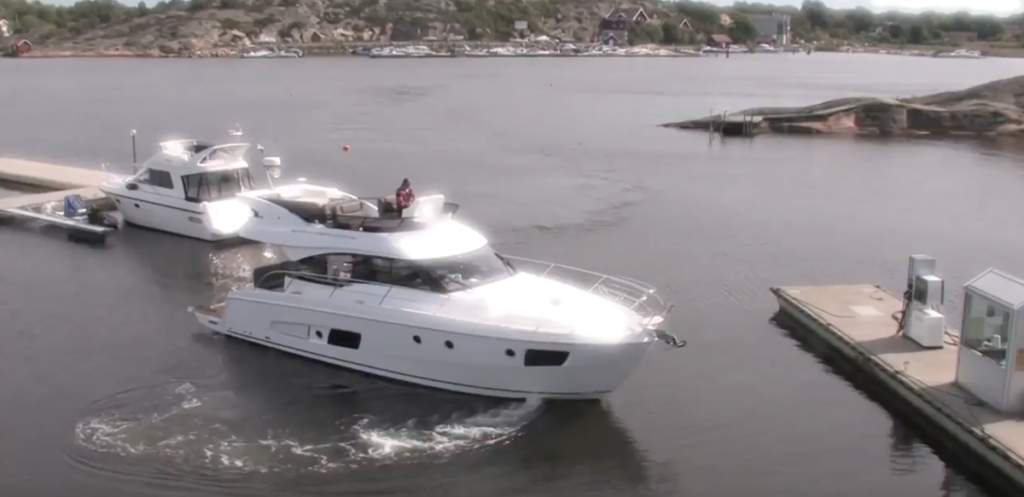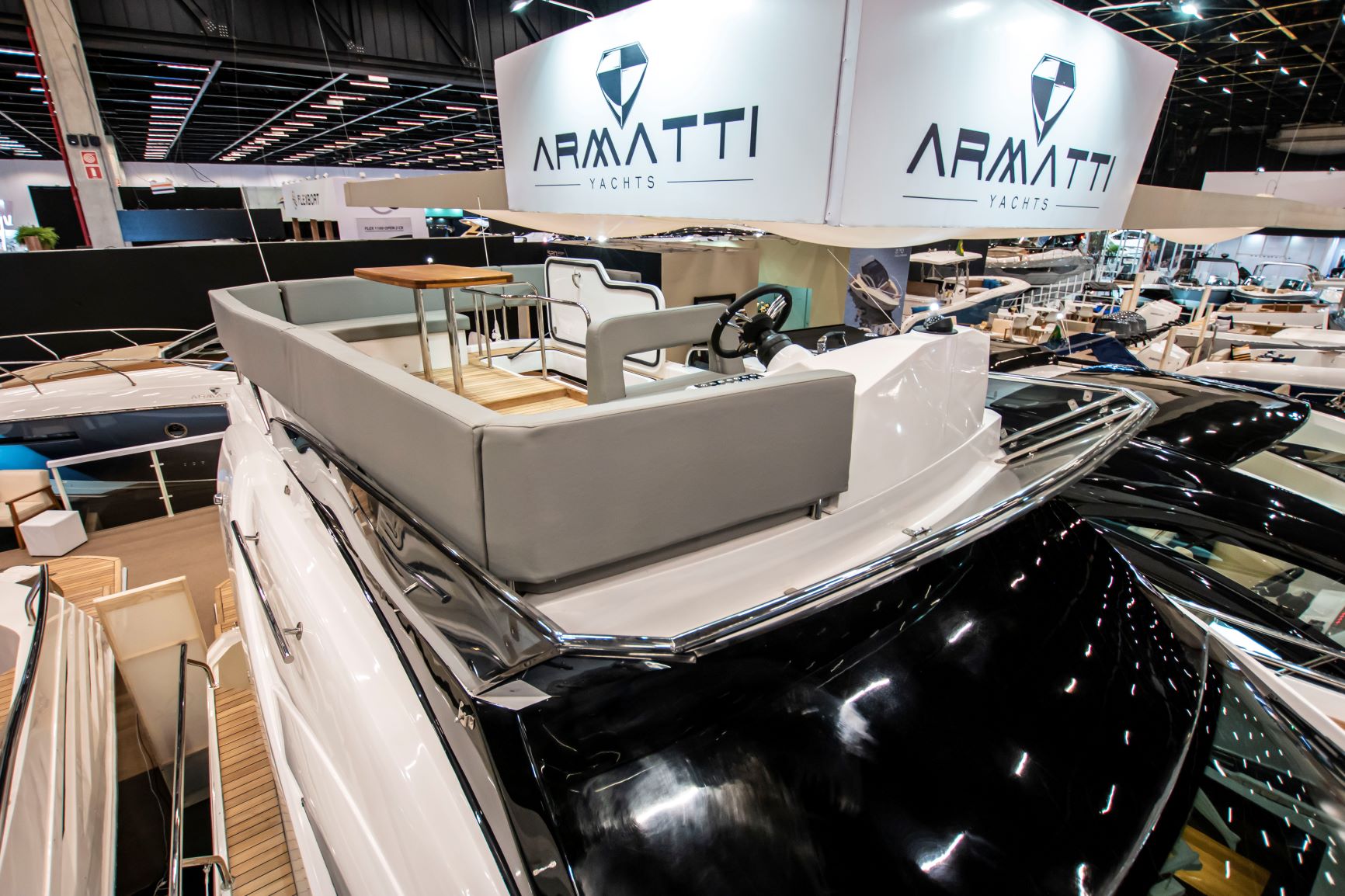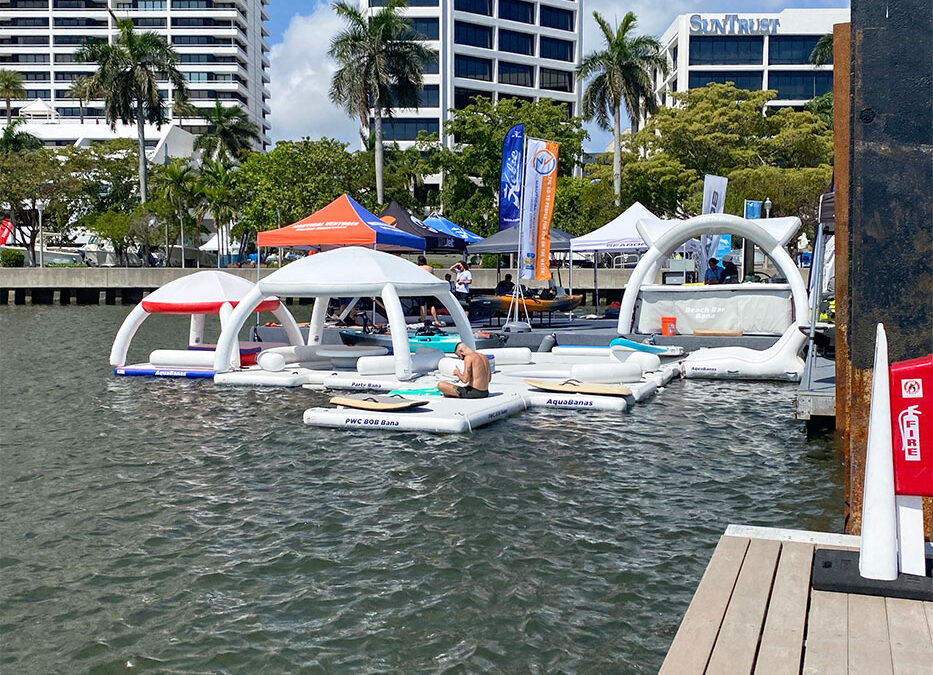HOW TO REDUCE NOISE FROM YOUR BOW THRUSTER
When it comes to discussing the ‘pros and cons’ of installing and using bow or stern thrusters, the subject of noise crops up in almost every single conversation.
But with a certain amount of planning and forethought, noise from a thruster installation can be reduced significantly at the source.
“Structure-borne noise” is the noise that travels through the boat’s own structure. Every hull has its own resonance frequency, which serves to either amplify or reduce thruster noise even further.
Reduce vibration and noise from the hull
It doesn’t need us to tell you that some boats are built better than others so, if needs are, start thinking about additional resonance damping to the thruster tunnel and the surrounding area where the thruster is going to be installed. The inner liner that often acts as a form of “loudspeaker membrane,” for example, could potentially be reinforced and strengthened. Anything your installer can do here, to further isolate the transferal of noise and vibration is going to help.
A general rule of thumb is always to choose the largest tunnel diameter you can possibly fit into your boat. Fitting a larger than normal diameter tunnel, for example, will not only increase thrust efficiency but will also create a freer water-flow area that itself will help to reduce thruster noise.
Similarly, where the tunnel ends meet each side of the hull, instead of leaving sharp, 90-degree style corners, simply by rounding off and smoothing off the edges will not only increase thrust efficiency, but the reduced turbulence and cavitation caused from the propellers will also reduce overall noise.
Consider changing to a low noise propeller
Check if new composite low noise propellers are available as a retrofit to your thruster brand. The dominant noise frequency of a typical installation is nearly always the result of propeller tip designs, so any improvements here can make quite a big difference.
The best of these low noise props has 5 blades with a “skew” blade profile that gives less frequent noise “peaks” by slicing through the water with a longer leading edge when compared to more traditional propeller designs.
Simple rules of physics tell us that, in most cases, low RPM = low noise. Therefore, it is far better to over-specify power and use it in conjunction with a decent Proportional Control System.

Gradually adding thrust with Proportional Power Control
Proportional Power Control enables the user to feed in power gradually using just the right amount of thrust to position a boat anywhere you want it to be, in every kind of mooring situation. Used correctly with a suitably powerful thruster on a low-power setting, PPC can, in fact, be almost undetectable to the human ear.
Hopefully, within this short article, we’ve shown you that a few carefully considered steps and upgrades are all it takes to reduce thruster noise from thrusters and benefit from the confidence, control and greater boating enjoyment they can give you.
Credit : www.blog.side-power.com




